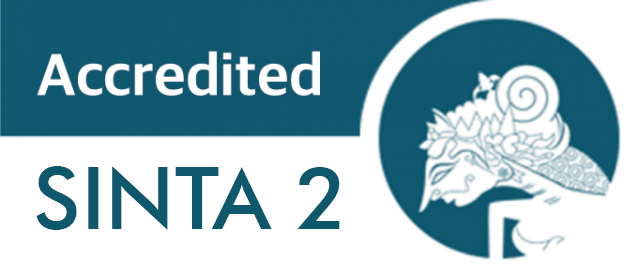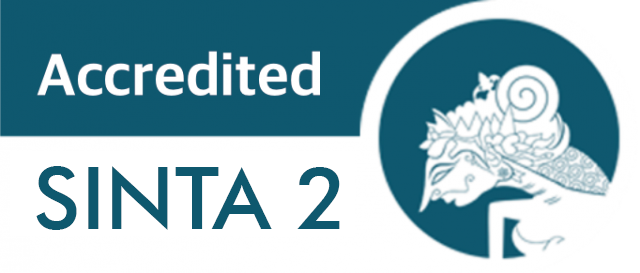an Urgent Call for Suicide Prevention in Indonesia: The Clinicians’ Role in Preventing Suicide
Downloads
Introduction: Since suicide is a complicated matter, multiple sectors must be involved. Globally, there were 703,000 suicide cases in 2019. Over the past three years, there has been a rise in suicide instances in Indonesia. Treating those who are at risk of suicide is difficult since suicide situations, like mental health illnesses, continue to carry stigma. To provide a statistical overview of suicide cases and the role of clinicians in preventing suicide cases. Methods: Searching for statistical data in Indonesia, we used Pubmed with the keyword “statistics”, “suicide”, “Indonesia”. Searching for data regarding risk factors and prevention of suicide, we also used Pubmed with the keywords “risk factor”, “prevention”, “screening”, “suicide”. Results: Globally, in 2019 the average rate of suicide cases was around 9.0 cases per 100,000 population. In Indonesia, exact data regarding the prevalence of suicide cases is still unknown. A person committing suicide can be caused by many factors such as previous mental disorders, relationship conflicts, legal problems, violence, financial problems, social exclusion, and low socioeconomic status. In addition to providing appropriate management, a clinician must provide education and outreach to the public regarding warning signs and risk factors for suicide, restrictions on tools for suicide, screening, and also remind every patient, especially patients with mental disorders, to continue to pray to be given health. Conclusion: A clinician has a role ranging from education and related outreach, screening, and also pharmacological and non-pharmacological management of someone at risk of suicide
Copyright (c) 2024 Alshafiera Azayyana Mawadhani Sukma, Adi Winata, Ridwan Balatif

This work is licensed under a Creative Commons Attribution-ShareAlike 4.0 International License.
1. Copyright of this journal is possession of the Author, by the knowledge of the Editorial Board and Journal Manager, while the moral right of the publication belongs to the author.
2. The journal allows the author(s) to retain publishing rights without restrictions.
3. The articles are published under a Creative Commons Attribution Share-Alike (CC BY-SA) license. Many research funding bodies prefer the CC BY-SA license because it allows for maximum dissemination and re-use of open access materials. Users are free to share (copy, distribute, and transmit) and remix (adapt) the contribution under this license, including for commercial purposes, as long as they attribute the contribution in the manner specified by the author or licensor.




























